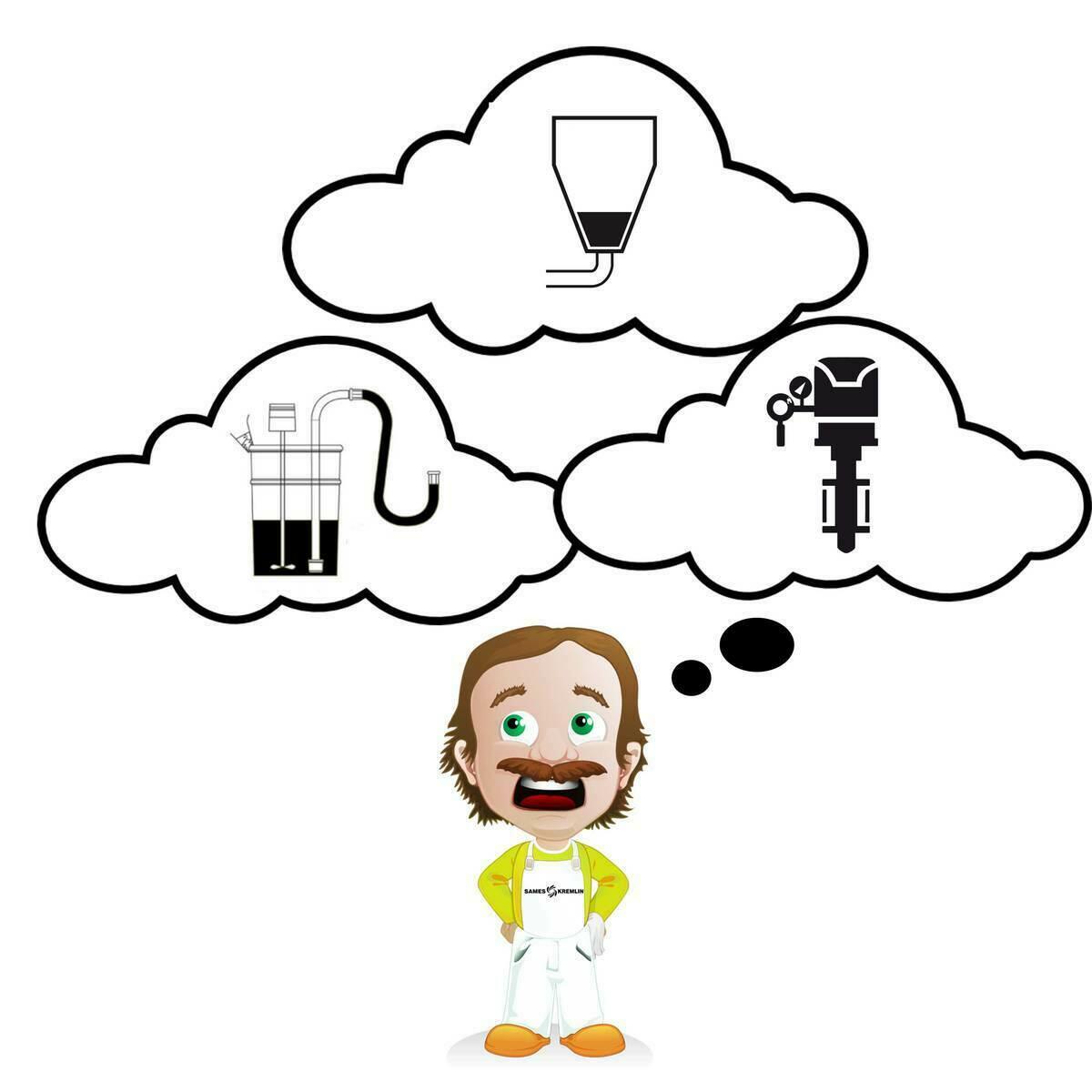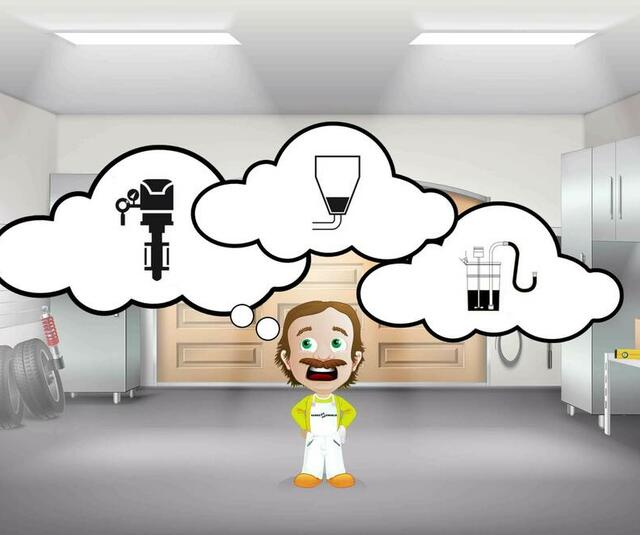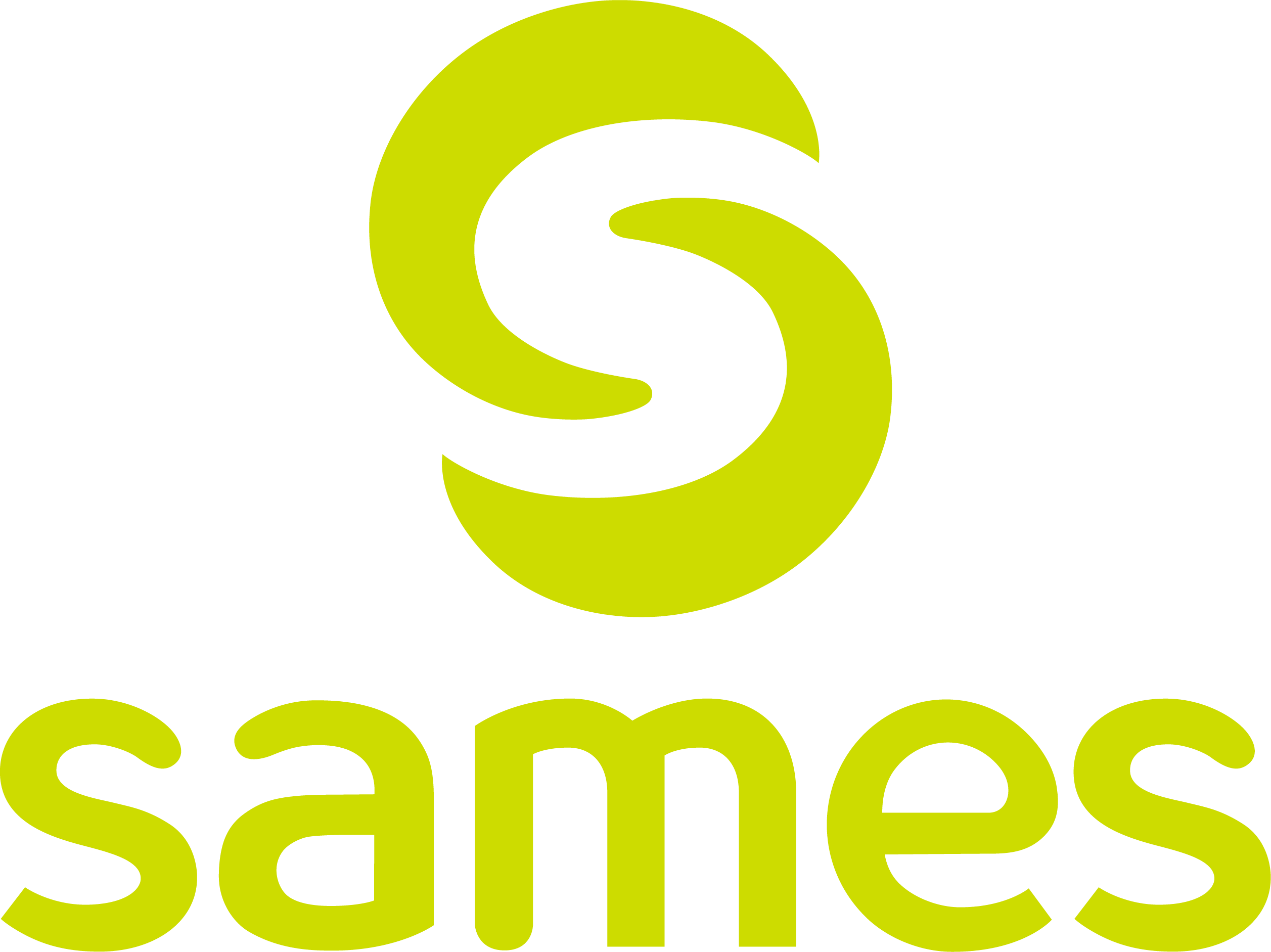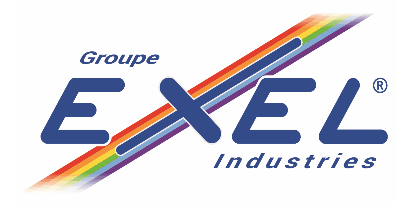► What equipment to feed my spray gun?
When selecting a manual spray gun or a paint spray system , you need to decide how it will be fed by paint (varnishes, stains, lacquers...) , either with a cup or a pump or pressure pot. It is very important to decide what is the best for your professional job to achieve the highest quality, for either interior exterior pro work .
Sames offers you a choice between pressure fed, gravity fed (cup on the top) or a more conventional suction fed spraygun (cup on the bottom) depending on your particular needs .
Worth to know about paint spray guns development during last century...
Sames introduces the first conventional pressure fed guns in Europe early as 1925. They were the first to be widely used in auto body repair. Until the advent of HVLP (high volume low pressure), all conventional cup fed spray guns were suction fed. In the 1980s, gravity fed spray guns came into wide use and their popularity has overtaken the use of conventional feed spray guns. Painters have begun to favor them over conventional feed guns and the introduction of HVLP as a requirement by environmental laws made gravity feed the natural choice. (Sames painting tool range is powered by compressed air, when other as Wagner, Graco propose cordless electric turbine for home projects - truecoat)
Why would you choose gravity or suction feeding technology for cup guns over another?

In order to achieve sufficient atomization, paint has to be either drawn up from below the gun (conventional suction feed) or fed from the top down into the nozzle (gravity feed). In order to achieve sufficient atomization with a siphon feed spray gun, greater air pressure must be used in order to attain a strong enough vacuum to pull the fluid up the feeding tube from below. The requirement for greater air pressure in siphon feed guns is the main limitation for their use in HVLP systems. It is much more difficult to keep low air pressure and achieve adequate vacuum.
There are some advantages that come with using gravity fed over conventional spray guns: gravity feed overcomes the limitations of a suction fed design, since less air pressure is required to atomize the paint, making this type of spray gun more efficient. Spraying with less air pressure also has the advantages of less overspray, less waste and greater control for the painter. Also, thanks to the cup being on top of the gun, there's no need to disassemble it to remove paint and cleaning. These are the main reasons why some professional painters have been switching from conventional fed to gravity fed sprayers throughout the years. But suction fed spray gun keep some advantages because of the larger capacity of their cup, the fact that they allows for a better vision while pâinting since the cup is located under the spray gun.
To summarize, we recommend that you consider the following criteria when choosing your cup gun:
Gravity spray guns:
- Low material consumption up to 5 litres per day
- From normal to low dilution paints
- High fluid output compared to suction-fed guns
- Very easy flushing
Suction spray guns:
- Low material consumption up to 5 litres per day
- From normal to high dilution paints
- Frequent colour changes
- Cup capacity size up to 1 litre
Why would you choose pressure feeding technology over cup sprayer technology?
If you do perform painting all day long, with higher volume or heavier coating application needs, with high quantities of paint used everyday, you should choose pressure fed guns. They will allow you to apply coatings like latex paints, stains, sealers, top coats, long life epoxies, zincs, and lacquers to wood furnture, steel, plastic... in addition, you will be able to precisely control material and atomization air . An additional benefit of pressure guns is that they can spray thicker materials where gravity and suction spray guns may not effectively move material through the gun due to the material being to thick.
Pressure fed guns:
- Material consumption up to 5 litres per day
- From low to high dilution paints
- Can be used with piston, diaphragm pumps or pressure pots
Depending on the spraying technology used, Airspray, AIRMIX® or AIRLESS®, several configurations can be done; herefater are 2 examples:
A standard AIRMIX® system comprises of a pump, a gun and 2 hoses: a small diameter, flexible, solvent-resistant fluid hose and antistatic rubber air hose for the atomization air. AIRMIX® technology has proven since 1975 its advantages in the woodworking industry and is recognized as an optimal solution for painting furniture. It will bring you the following benefits:

- Reduced overspray: and up to 50 % savings in spray booth maintenance
- Excellent working conditions
- Large range of available outflows
- Quick payback
- 86% transfer efficiency Outstanding finish quality
- Reduced paint consumption by 35 %
- User-friendly to increase productivity
- Reduced overspray and bounceback
A standard AIRLESS® system comprises of a pump, a SFlow gun 275 and 470 bar (4000 and 6820 psi) and 1 fluid hose. Choosing AIRLESS® technology will bring you the following benefits:

- Excellent working conditions
- High output to quickly paint large surfaces
- Quick payback
We recommend you visit our website for completing your information; You will find additional information on our painting solutions machines, accessories and products items specifications reviews, warranty and much more!







